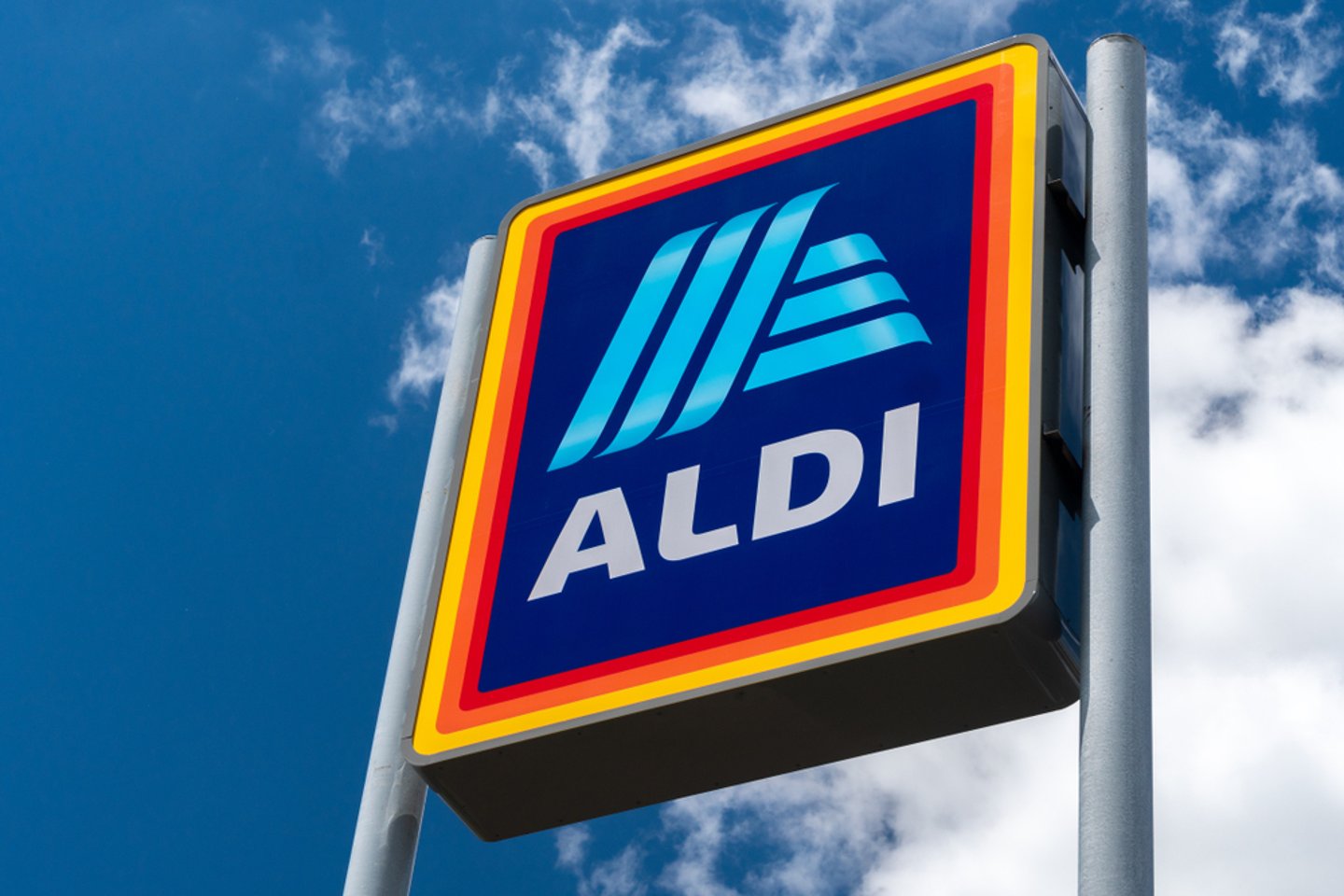What Grocery Stores Attracted the Most Shoppers in Q4?
The holiday rush always brings shoppers to the grocery store, whether they are preparing for celebrations or coming back for forgotten items. A new white paper from location analytics and foot traffic data firm Placer.ai confirms that grocery visits during the week of Dec. 19 reversed a downward trend that started in October, rising 2.3% over 2021 and up 14% over 2019.
Indeed, although weekly in-store trips were down for much of third quarter, traffic remained busier than pre-pandemic, previously-normal levels. Placer.ai found that visits were up on a three-year basis for almost every week of October, November and December and surged right before Thanksgiving and Christmas.
[Read more: "Online Grocery Sales Edge Higher in December"]
“While some of the gains could be attributed to calendar differences, the double-digit growth in Yo3Y [year-over-3-year] along with the positive YoY numbers could also indicate a renewed interest in Christmas dinners and holiday parties after two years of pandemic restrictions,” Placer.ai’s analysts concluded.
The company pointed to other reasons behind some of the 2022 declines in foot traffic across the broader retail landscape: “YoY dips in Q4 foot traffic could be attributed more to 2021’s strength and less to any real drop in consumer demand.”
Ups and downs aside, some retailers fared particularly well during the last quarter of 2022. Placer.ai’s data showed that store visits at Aldi locations climbed 6.8% in Q4 compared to the last quarter of 2021 and were 30.2% higher than 2019.
H-E-B was a regional hotspot in the closing weeks of the year. The Texas chain saw gains on a one-year (0.9%) and three-year (6.8%) level, the index found.
It was a bit of mixed bag for other banners. Trips to Publix Super Markets, Safeway and Albertsons Cos. banners slid a bit from 2021 but were still above 2019 visits. Publix, for example, saw an 8.5% lift in traffic on a Yo3Y basis but experienced a 4% drop compared to last year.
As for The Kroger Co., visits were down versus both 2019 (-3.2%) and 2021 (-6.3%), but that retailer had some bright spots. As Placer.ai noted in its white paper, “The brand’s success in maintaining visits relatively close to 2019 levels while growing its digital orders and fulfilLments indicates that the company is still one of the strongest players in the grocery space.”
Ethan Chernofsky, vice president of marketing for Placer.ai, told Progressive Grocer that some stores are positioned to carry that momentum through this year. "Within grocery, there are two sub-categories that generally over-performed in 2022: those that serve as a primary, one-stop-shop for the bulk of grocery needs and those with a value orientation. The latter segment also benefited from the massive expansions in overall footprint for some of the leaders within that group. Even as the impact of inflation dissipates, there is ample reason to expect both of these groups to continue to show strength," he explained. "They still provide a more cost-effective approach to dining, especially considering higher costs in the wider restaurant sector, and they both gained from pandemic-driven behavior shifts that will likely continue to affect consumers for at leas the next year. So long as they continue to invest in ensuring customer satisfaction and in adopting critical new channels to reach customers, the strength should sustain."
Meanwhile, Placer.ai’s quarterly index also revealed ongoing fallout from the 2022 inflationary environment. For example, visits to discount and dollar stores rose every week during the fourth quarter versus 2019, with that category well positioned to maintain its traffic momentum heading into 2023. Traffic at superstores was more mixed, with weekly visits lower than in 2019 during Black Friday and the three following weeks, but up at the beginning and end of the quarter in the days before Christmas.
Chernofsky cautioned that inflation has varying effects on shoppers and traffic. "The impact of inflation and other economic headwinds are likely to continue effecting consumers in the coming months, but it is critical to put these shifts into context. Not all audiences feel these challenges in the same way, and in many cases, even the shopping behavior shifts are inconsistent," he remarked. "While a degree of continued 'trading down' is to be expected, another important effect has been the lengthening of visit duration driving greater opportunity for those chains that succeed in driving the visits. This understanding is going to be critical for chains to best position themselves for an extended period where the effects of continued economic headwinds are felt."
With 2,200 stores across 38 states, Batavia, Ill.-based Aldi U.S. is No. 24 on The PG 100, Progressive Grocer’s 2022 list of the top food and consumables retailers in North America. The largest privately held employer in Texas, San Antonio-based H-E-B has more than 420 stores and 145,000 employees in Texas and Mexico and is No. 16 on The PG 100. Lakeland, Fla.-based Publix is No. 12, Boise, Idaho-based Albertsons is No. 9 and Cincinnati-based Kroger is No. 4 on the list.






